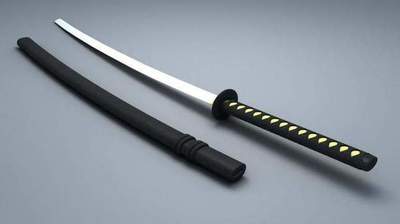The great buildings which you will never see
As if by the will of a cruel twist of space, endowed with many treasures of ancient civilizations, were the focus of most problematic conflicts on our planet. Alas, when the war threatens to destroy the greatest monuments of history, people can only assess the extent of irreparable loss.
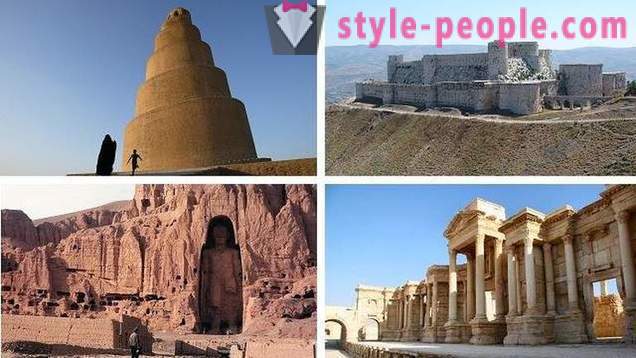
1. The Great Mosque of Samarra, Iraq
Built in the 9th century on the Tigris River north of Baghdad, once it was considered the largest mosque in the world. The main part of construction tower that Malvo - a 52-meter minaret, entwined spiral ramps for those who want to climb it the parishioners. In 2005, during a rebel attack on NATO positions building was blown up, causing the top of the minaret and the surrounding walls were completely destroyed.
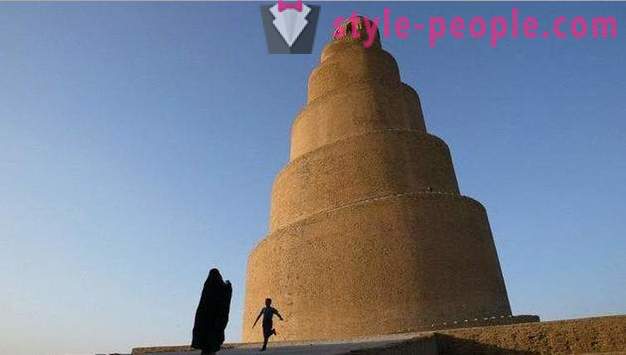
2. The Buddhas of Bamiyan, Afghanistan
The most impressive heritage of Buddhism in the war-torn country once could be called the world's highest Buddha statue, towering at 53 and 35 meters. These monuments, carved from sandstone, stood for about 1,500 years until the Taliban, considering the monuments manifestation of idolatry, not destroyed them with dynamite.
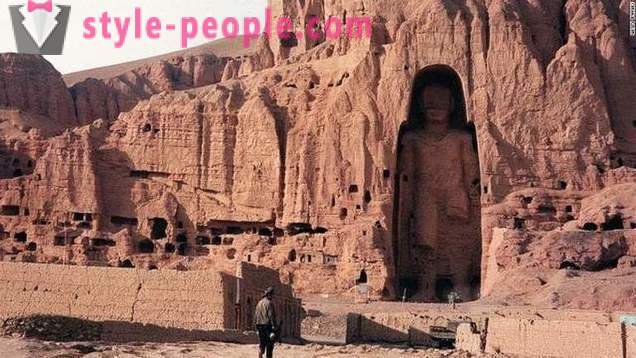
3. The ancient city of Bosra, Syria
This place, once the former capital of the Arab Empire of the Romans, was inhabited by humans for 2,500 years. Center Speakers magnificent theater, dating from the second century. This architectural monument remained intact for centuries, until the mortar attack, seriously damaging its structure during the current armed conflict.
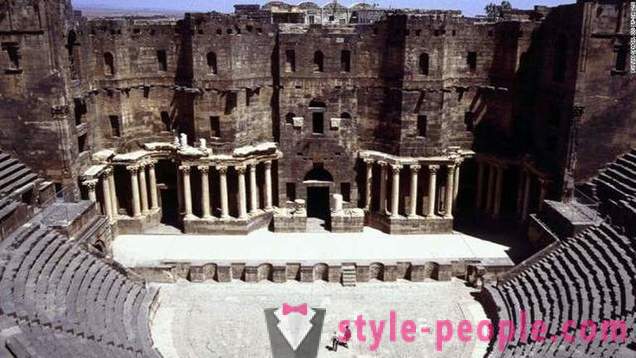
to
4. Noria Hama, Syria
The 20-meter wheel was first described in the 5th century as a successful execution of the irrigation system. Seventeen wooden elevators (machines for lifting water in water) have survived and have become a major tourist center of the city of Hama. However, interested scientists note with regret that in 2014, a few wheels were burned by militants.

5. The Citadel of Aleppo, Syria
This fortress stood here at least four thousand years, becoming a witness to the triumph of the Roman, Mongol and Ottoman empires. Virtually unchanged from the 16th century, this world heritage site was famous not only in Syria, but throughout the world. During the recent fighting citadel was used as a military base and some of its historic buildings were destroyed.

6. Aleppo Souk, Syria
Covered markets of the Old Town has always been famous for the best food, fabrics and accessories, presented by local merchants. However, these ancient tunnels market, alas, had to become the scene of fierce fighting, leaving many of them were damaged beyond recognition.
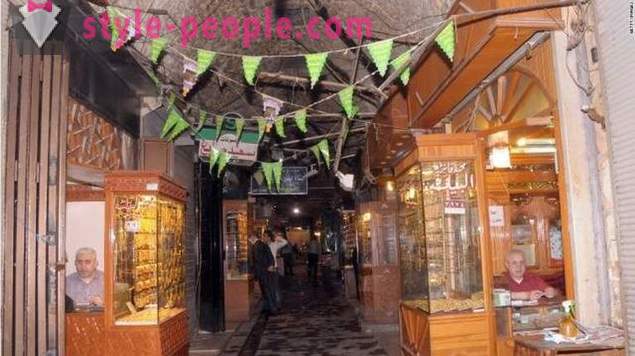
7. Bridge Deir Ezzor, Syria
This French suspension bridge served as a popular pedestrian crossing and a viewing platform overlooking the river Euphrates. During the battle for the city, he collapsed under fire.

8. Nimrud, Iraq
Ancient Assyrian city near the province of Nineveh, which was located in what is now Iraq, had countless treasures, which included statues, monuments and precious stones. After the invasion in 2003, he was devastated as a result of looting. Many of the stolen items can be found today in museums abroad.
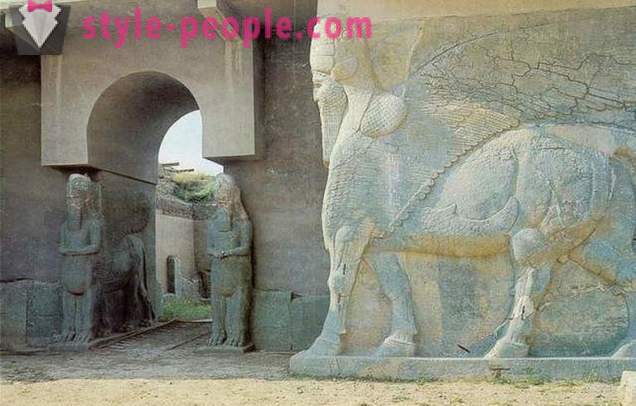
9. The Krak des Chevaliers, Syria
Crusader castle of the 11th century experienced a century of battles and disasters, becoming a World Heritage Site. In 2013, its walls were badly damaged after air raids and artillery bombardments, when rebels took up positions inside the castle.
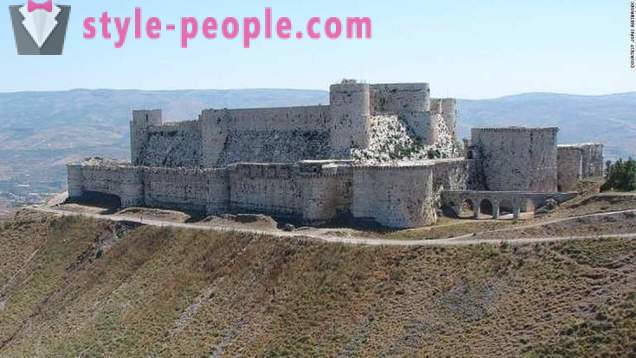
10. The tomb of Jonah, Iraq
At this point, according to legend, lies the biblical prophet Jonah, together with the tooth whale swallowed him. The grave was dated 8th century BC and was of great importance for Christians and Muslims. But in 2014, the militants blew igil its campaigning against the alleged apostasy.
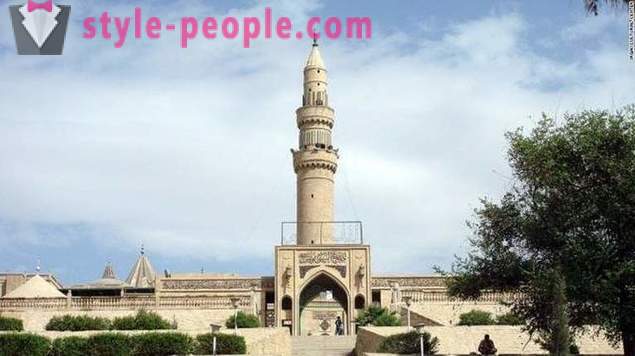
11. Palmyra, Syria
"An oasis in the Syrian desert." According to UNESCO, the Aramaic city existed from the second millennium BC and had some of the most advanced architectural sites of the period. Unfortunately, there is Palmyra completely emptied by looters.

12 Armenian Genocide Museum, Syria
Memorial to Deir ez-Zor, built in honor of 1, 5 million killed in the period 1915-1923, was the site of the annual pilgrimage for people from all over the world. The complex includes the church, the museum and the Eternal Flame. In 2014 the complex was destroyed by the forces of LIH.
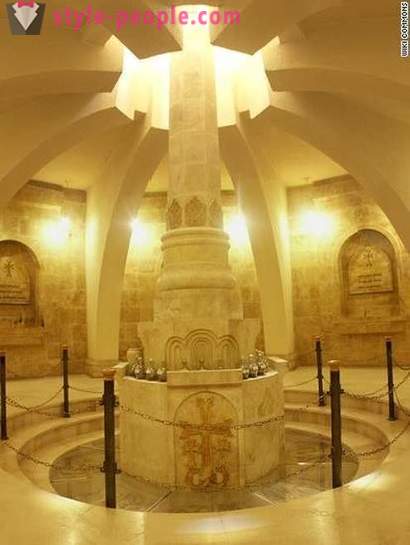
13. Siren, Libya
This sacred to the Greeks and Romans, the city was built in 630 BC. e. and it became the basis of many myths and legends. Its ruins are among the most well-preserved historical monuments of the period, but during the Libyan revolution were razed vast areas, including a unique necropolis.

14. The Museum of Islamic Art, Egypt
One of the most impressive collections in the world, containing more than 100 000 exhibits relating to all periods of Islamic history, was kept in this museum. It was built in 1881, and more recently there have been carried out reconstruction that cost millions of dollars and lasted for eight years. Soon after the re-opening of a car bomb in the cabin, crashed into a nearby police building, caused catastrophic destruction and the museum had to be closed again.
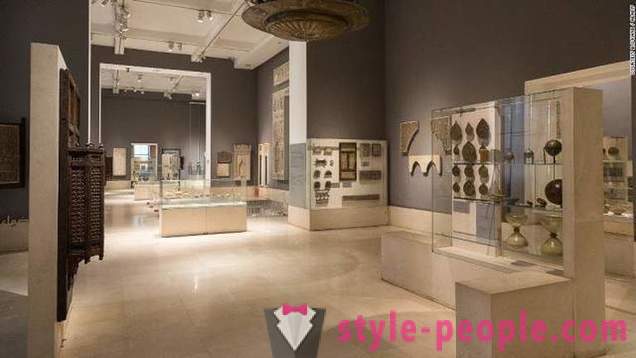
15. Quaid e Azam, Pakistan
This unassuming yet elegant 121-year-old wooden house lived out his life in the country's first Governor-General Mohammad Ali Jinnah. In 2013, the building was attacked by the separatist group, armed with missiles, and almost completely destroyed. In its place is now erected a new building.
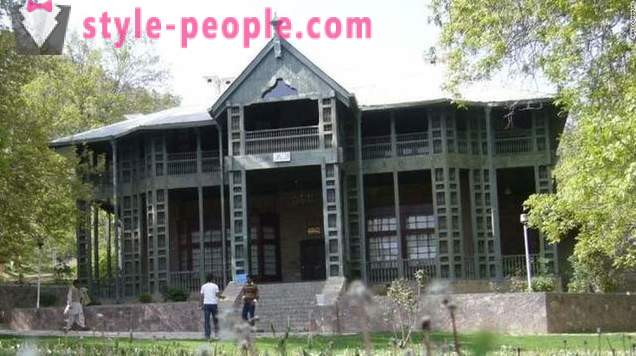
16. "Old Beirut" Lebanon
15-year civil war, conflicts with neighboring countries, as well as bursts of deprived urban crime "Paris Middle East" much of its former luster. From the once famous for its exquisite views and architecture style seat Art Deco today experts estimate there are only 400 (out of 1,200) of protected historical buildings.












































